Order Passeriformes Rank Species | Phylum Chordata Family Fringillidae Higher classification Serinus | |
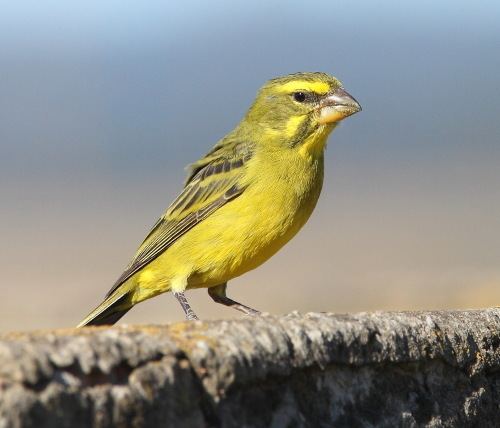 | ||
Similar Bird, Serinus, Cape canary, White‑bellied canary, Streaky‑headed seedeater | ||
282 01 brimstone canary
The brimstone canary or bully canary, (Crithagra sulphuratus), is a small passerine bird in the finch family. It is a resident breeder in central and southern Africa.
Contents
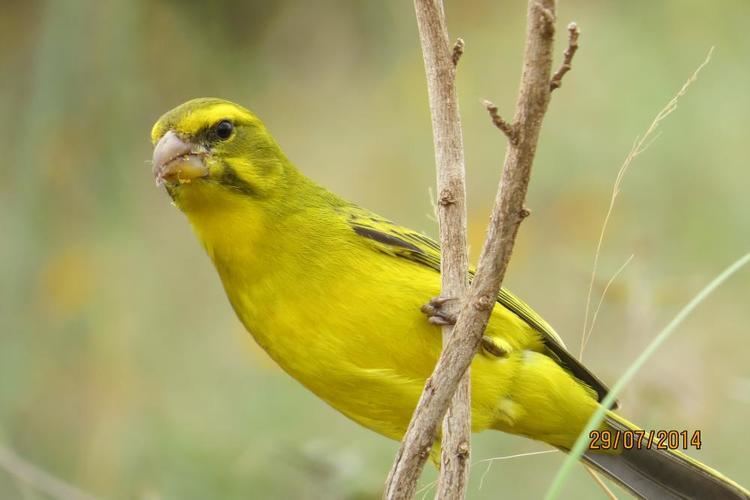
This species is found in open, lightly wooded habitats, such as hillsides with trees or scrub and forest edges. In South Africa it occurs mainly in coastal areas, inhabiting coastal bush, shrubs along streams, gardens, and areas with rank vegetation. It is not truly migratory, but undertakes some seasonal movements.
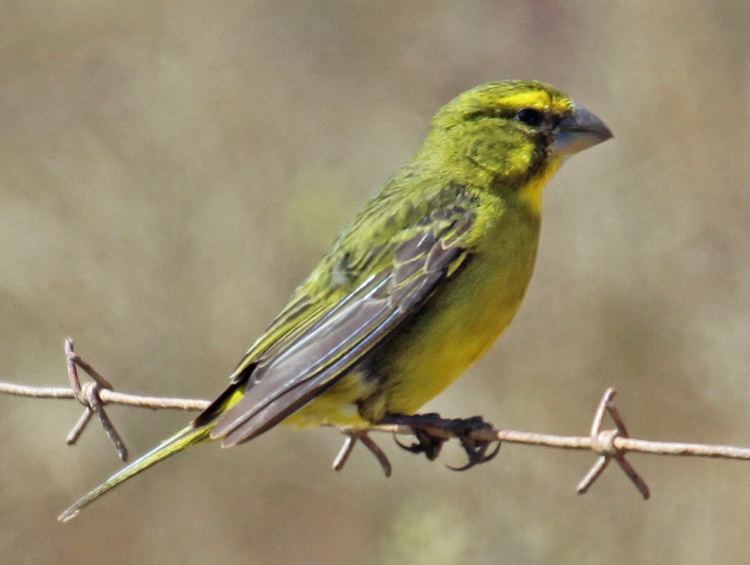
Taxonomy
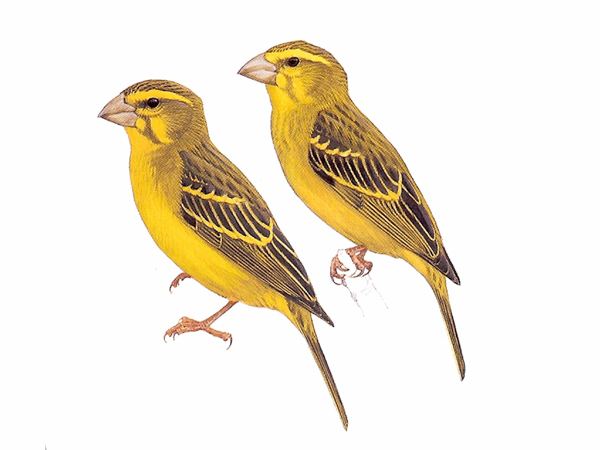
The brimstone canary was formerly placed in the genus Serinus but phylogenetic analysis using mitochondrial and nuclear DNA sequences found that the genus was polyphyletic. The genus was therefore split and a number of species including the brimstone canary were moved to the resurrected genus Crithagra.
Three subspecies are recognised:
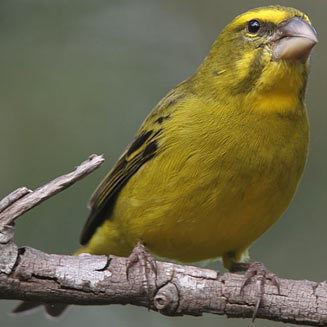
Description
The brimstone canary is 15–16 cm in length with a heavy bill, which is short, conical and very stout at the base. The bill is light brown with a pinkish or yellowish base. The legs and feet are pinkish-brown. It has yellow-green upper parts with dark green streaking, yellow-green ear coverts and malar stripe, and two yellow wing bars. The underparts are yellow, with a greenish wash on the flanks, and breast. The sexes are similar, but the male is brighter, with a bigger bill, better defined face pattern, brighter yellow wing bars and a greenish rump. Young birds are duller, greyer and less yellow below than the adults.
The degree to which this bird is green or yellow varies considerably across regions. Southern birds are greener than northern birds, even within subspecies, notably with C. s. sharpii. For an overview of finch phylogeny (including canaries) see the entry on finches.
The brimstone canary can be confused with the yellow-fronted canary, but that species is smaller billed with a much more defined head pattern and a bright yellow rump.
The call notes of the brimstone canary in the south of its range are a trilled, deeply pitched swirriwirrit or chirrup. The song is a jumble of chirps, whistles, warbles and trills, with the same deep pitch as the call. Northern birds have a faster, higher, less jumbled and more tuneful version of the song.
Breeding
The brimstone canary breeds from August to October. The nest is an open cup built from thin stems and other plant material and lined with plant down. It is placed in a leafy bush or a tree.
Feeding
The brimstone canary is less gregarious than other canaries. It tends to be found singly or in pairs, or occasionally in small groups, and is a common visitor to gardens. It feeds on fruit, seeds, flowers and shoots. Hard seed cases are cracked with the stout bill.
